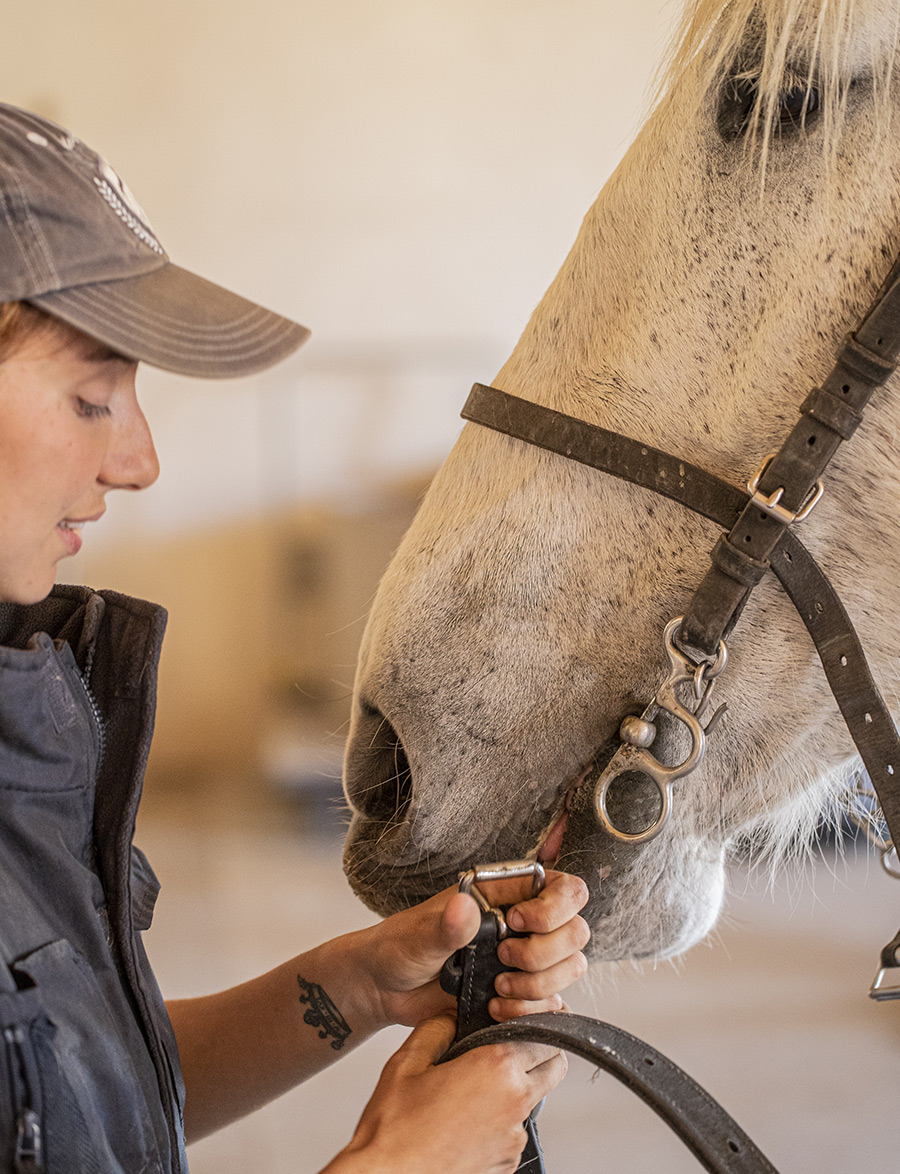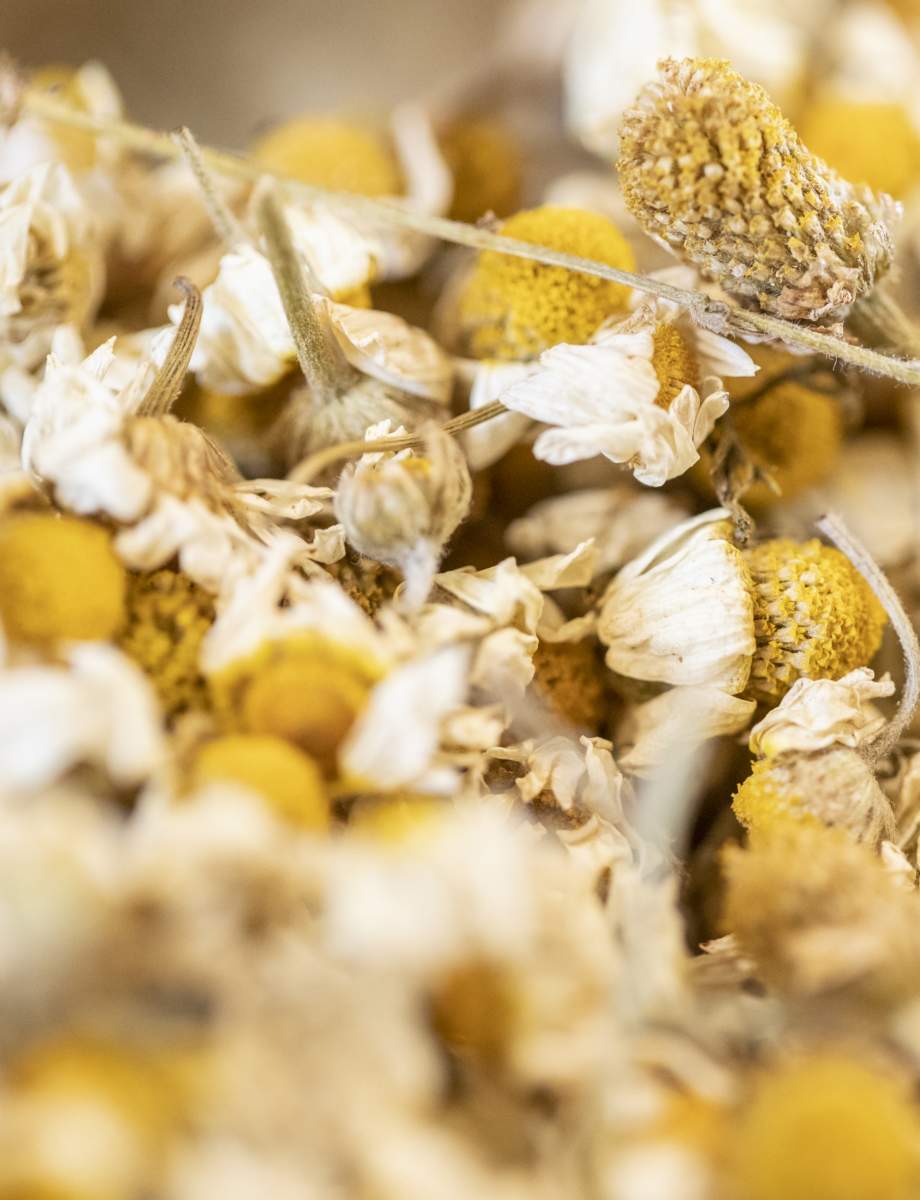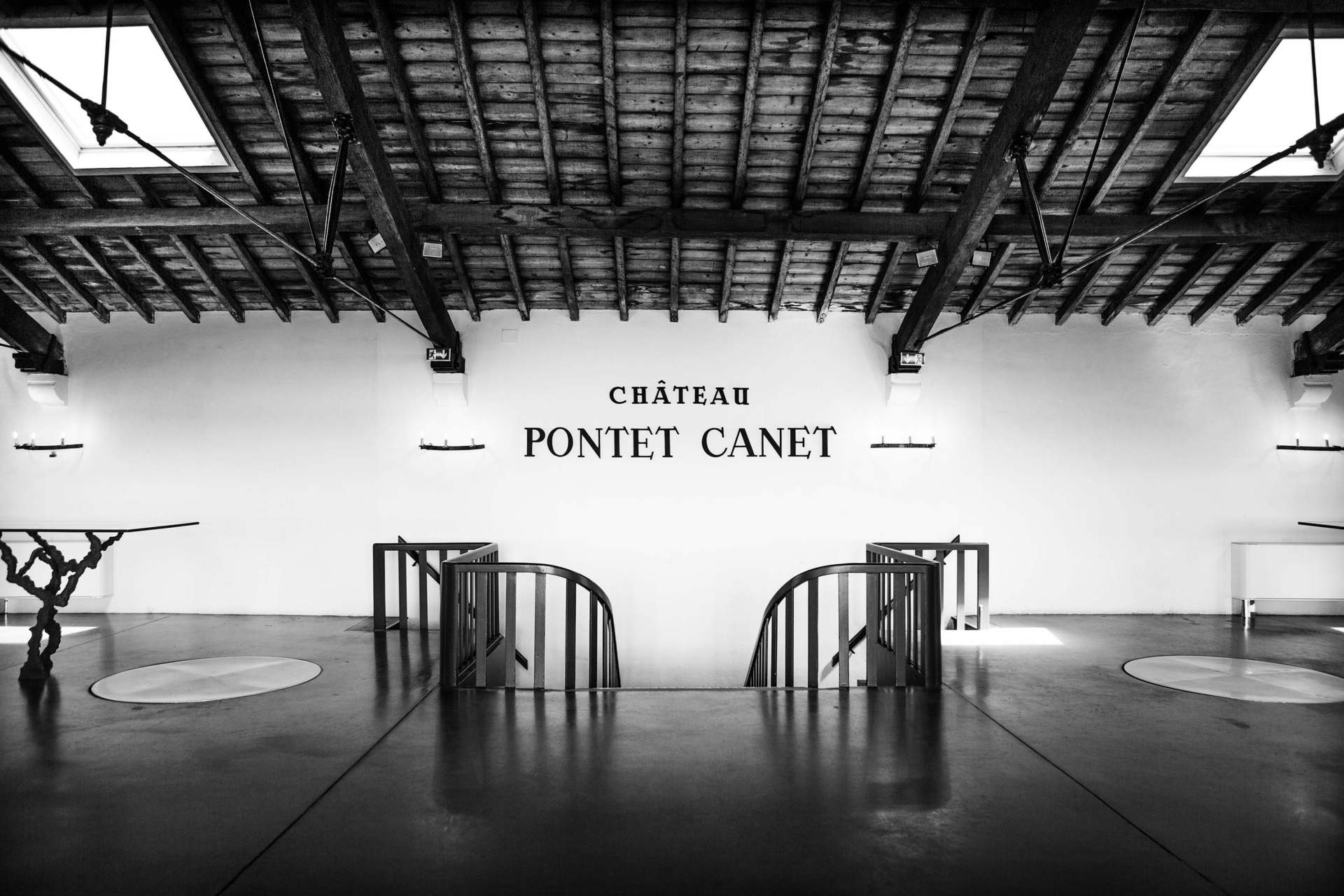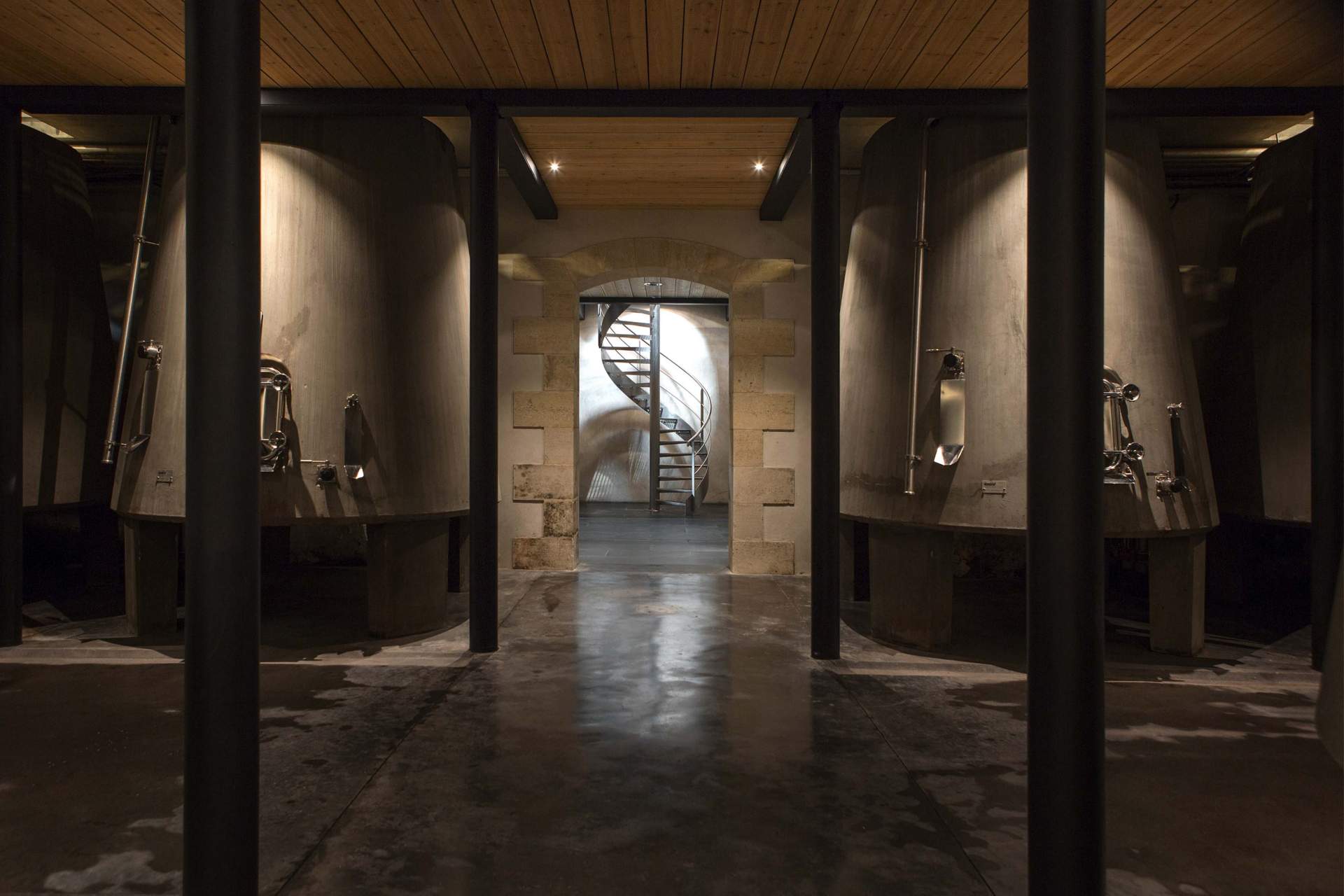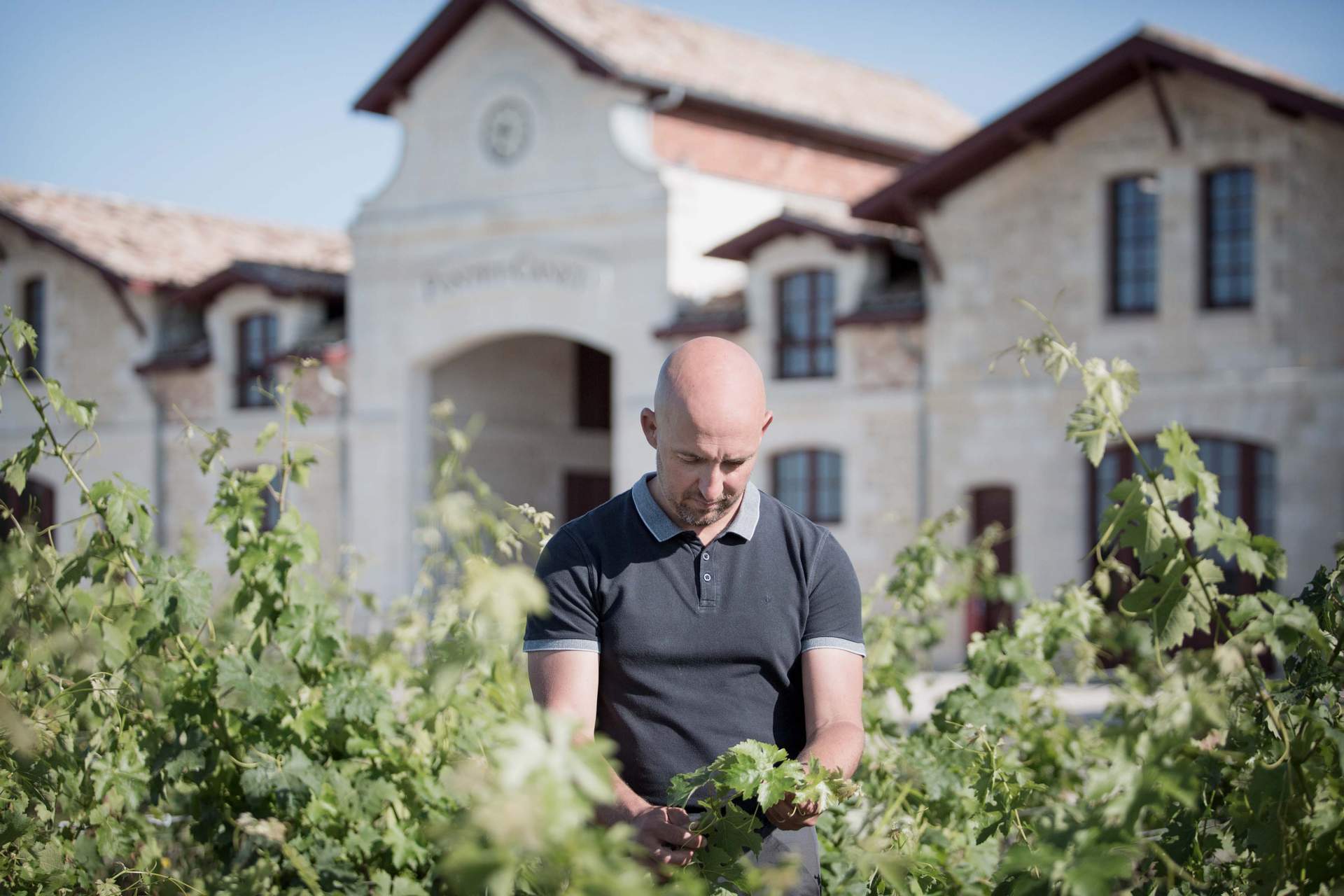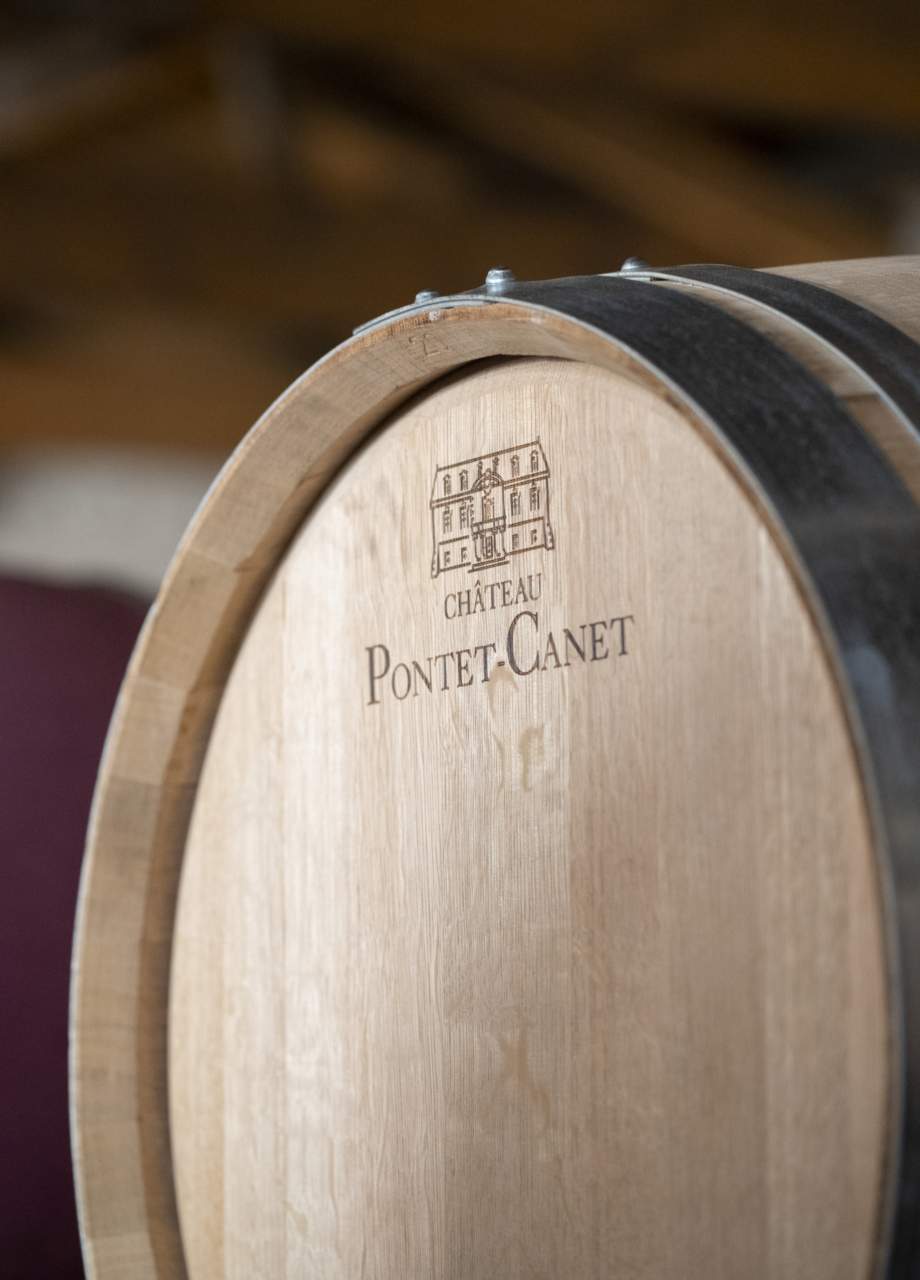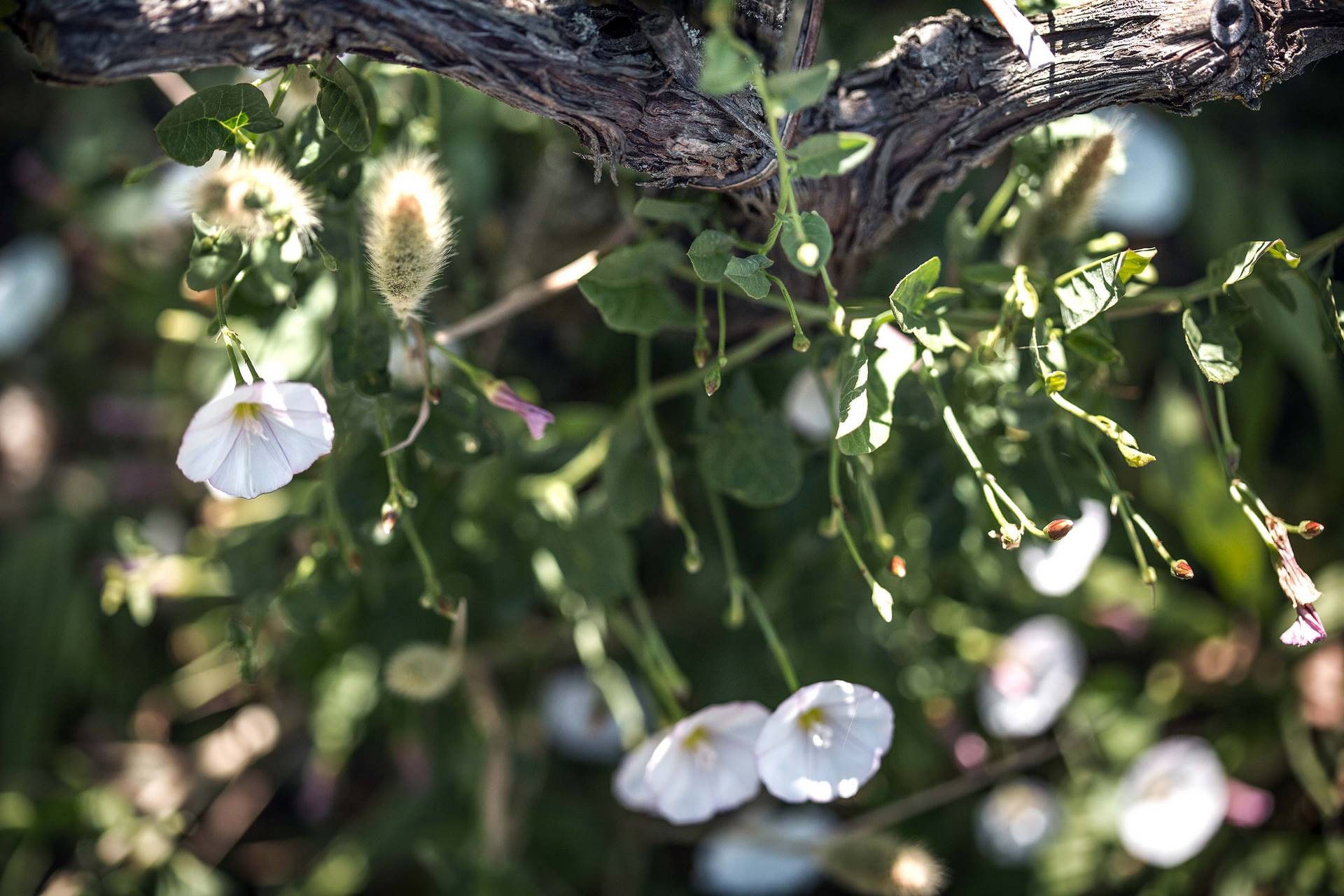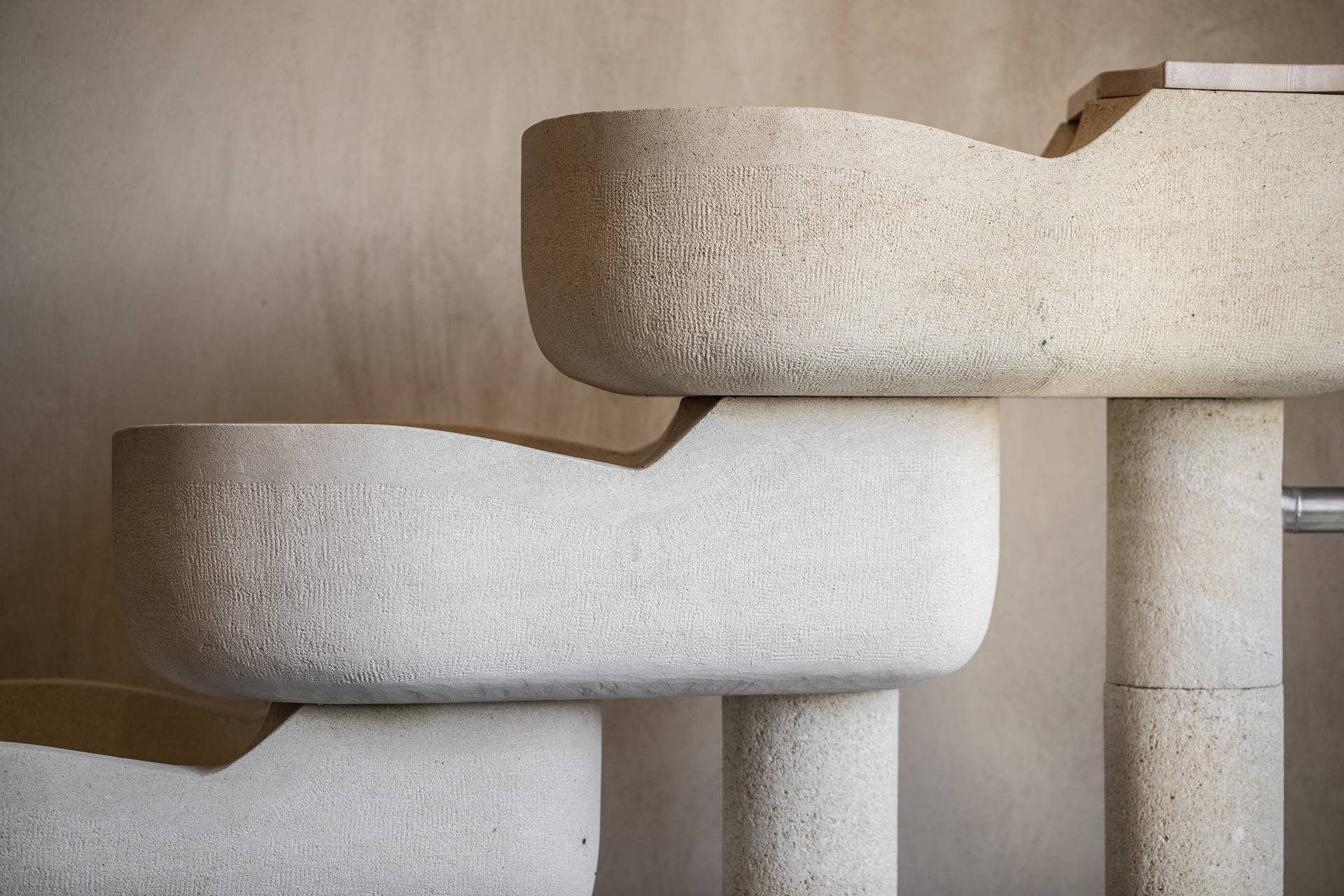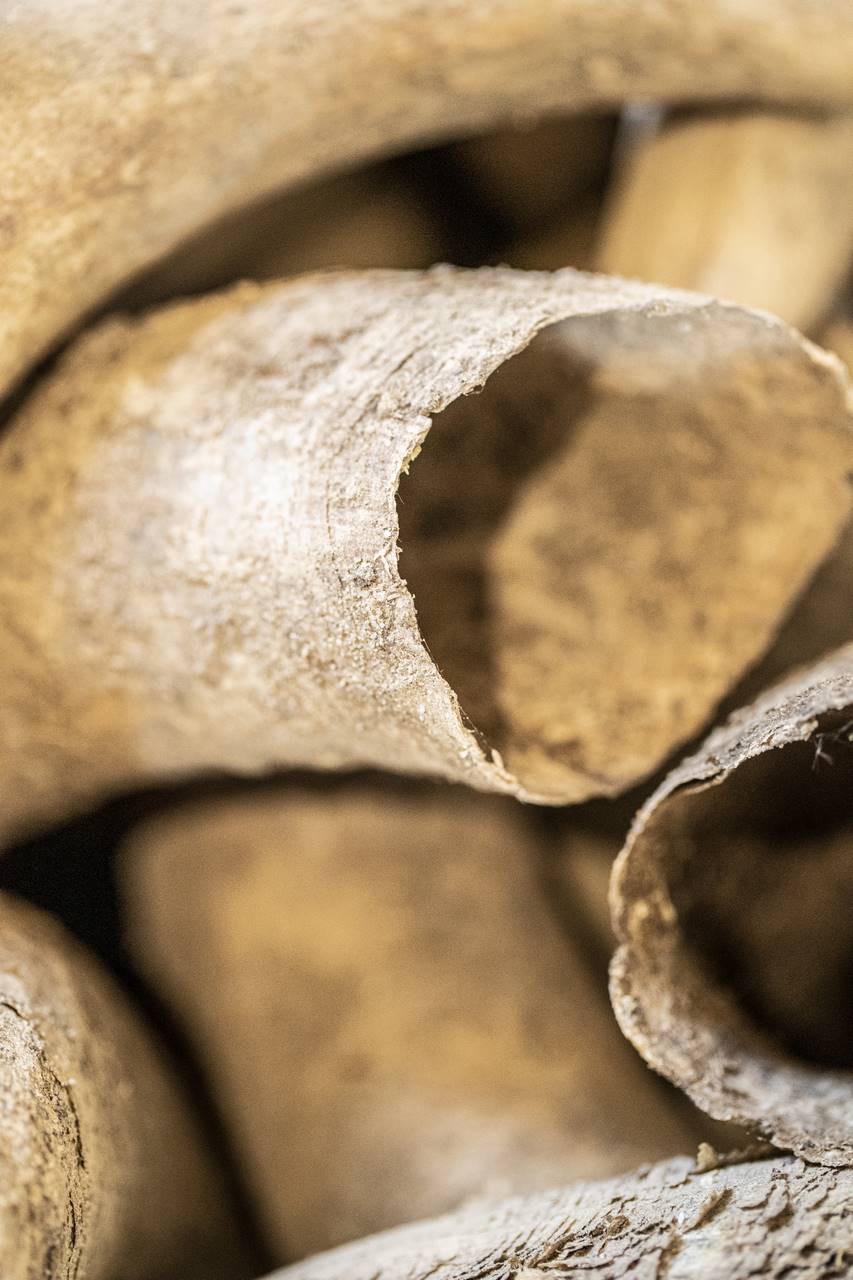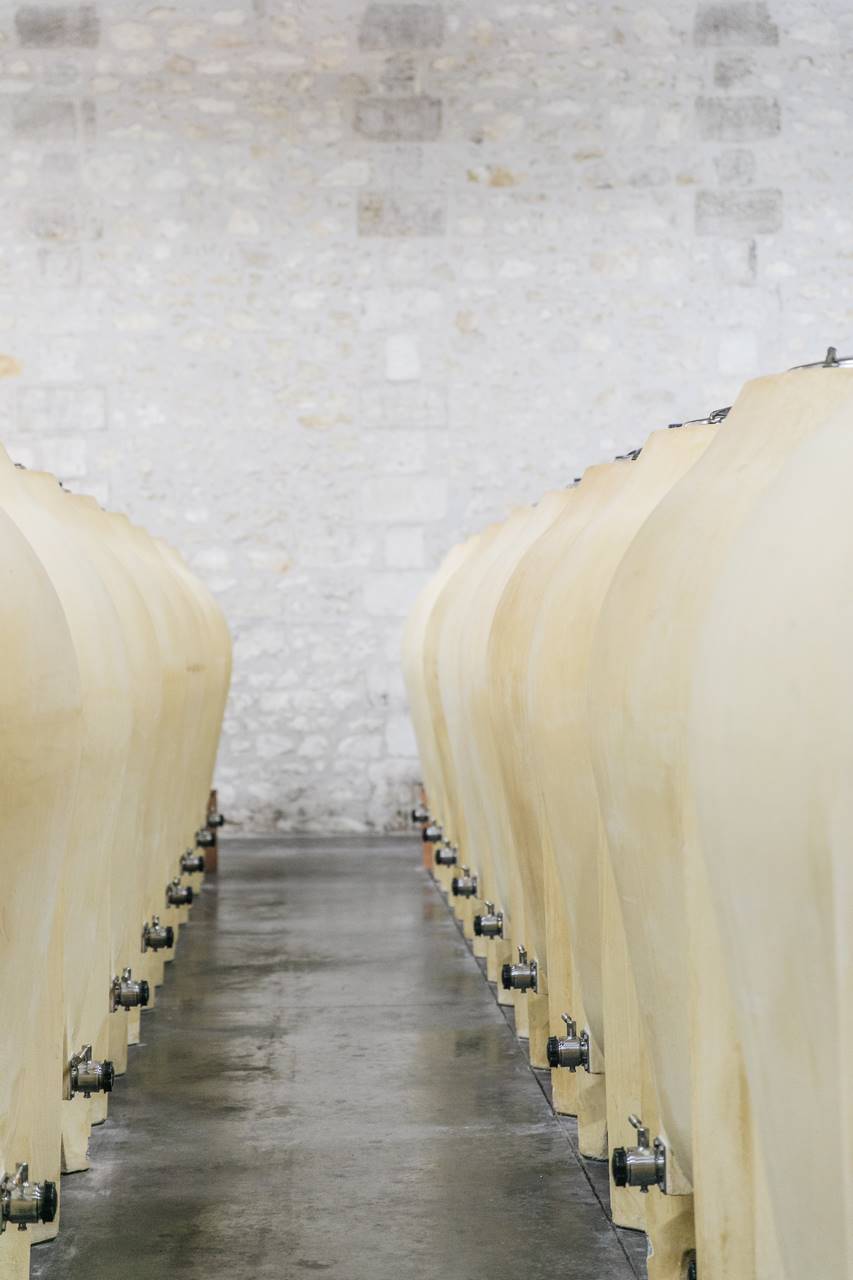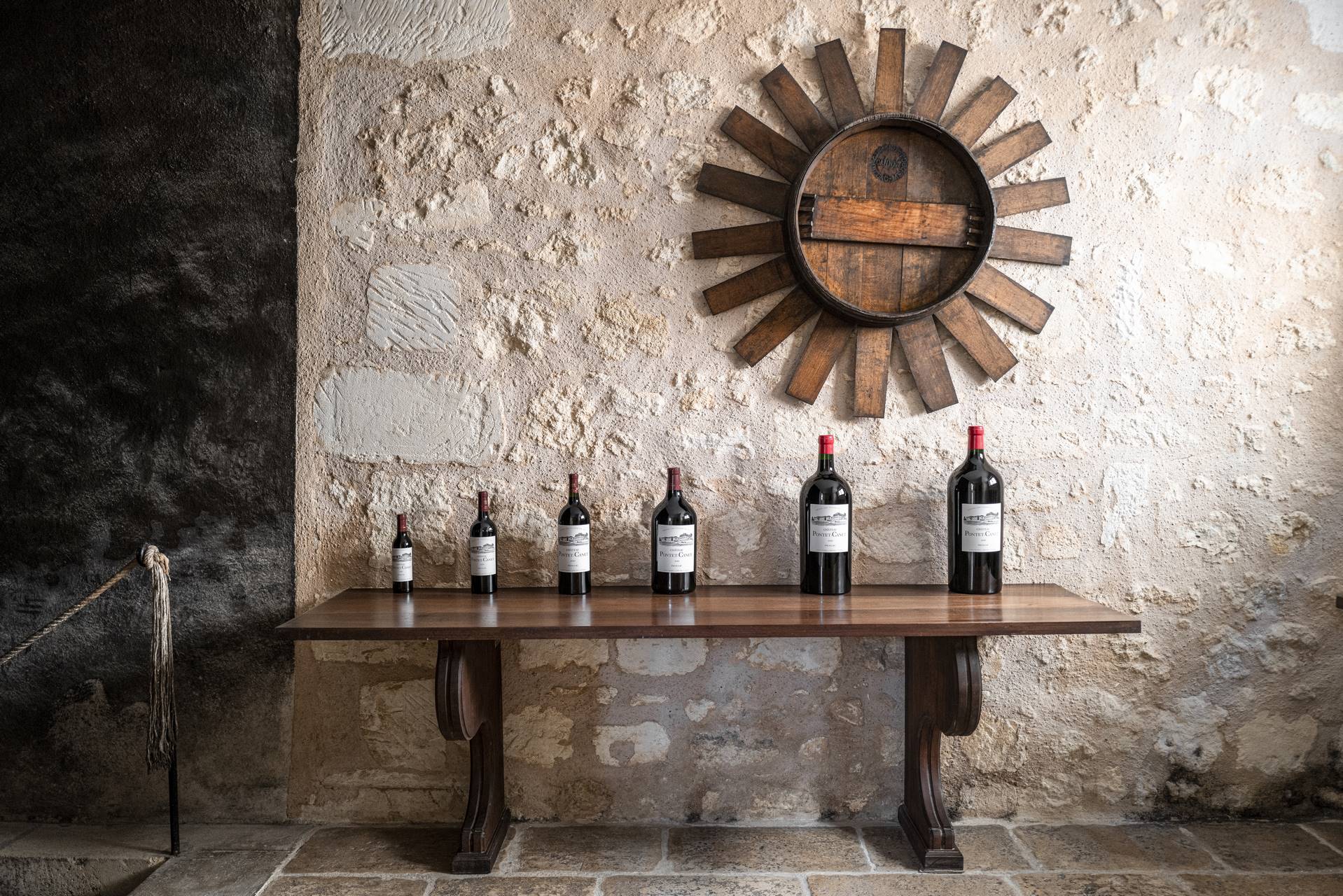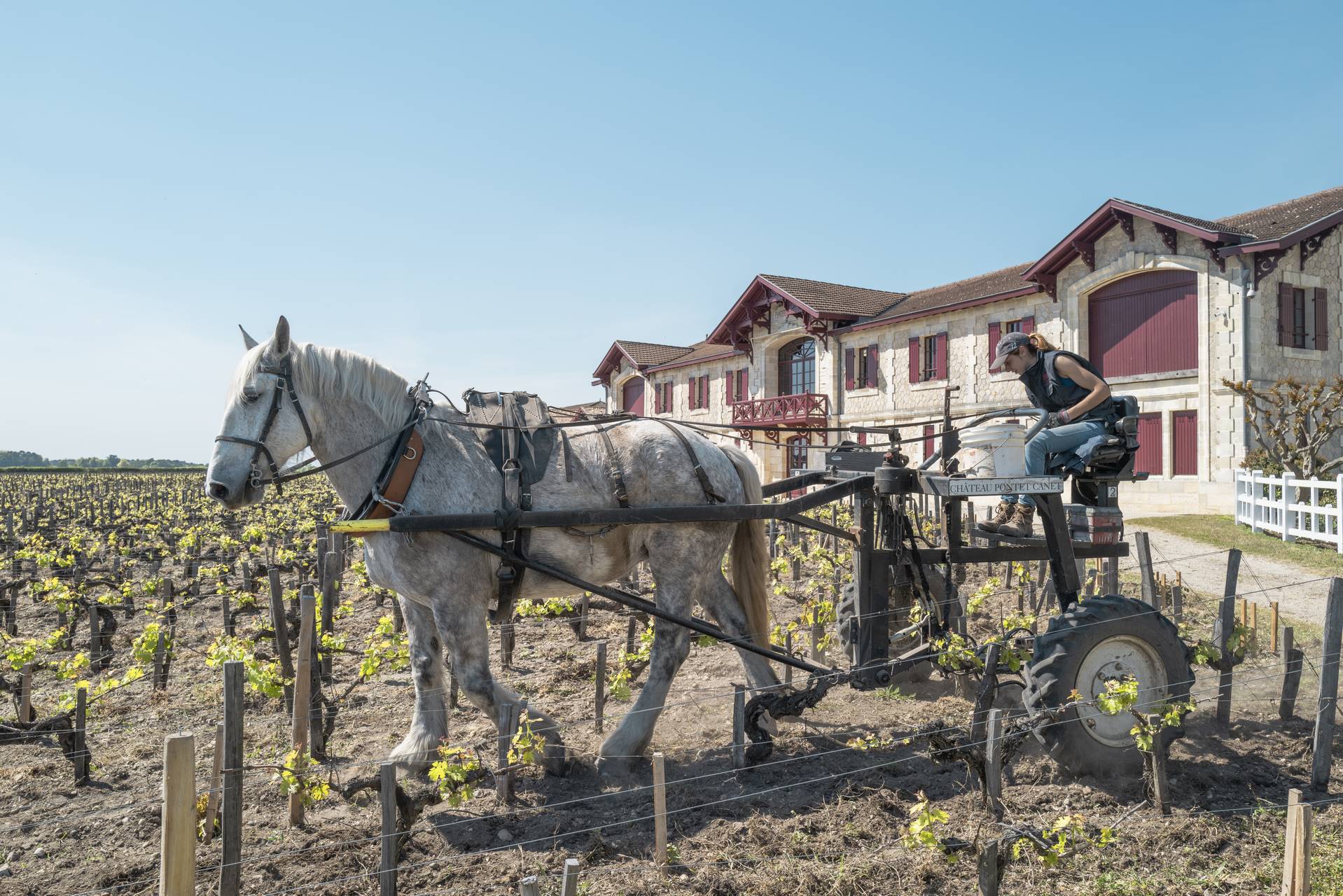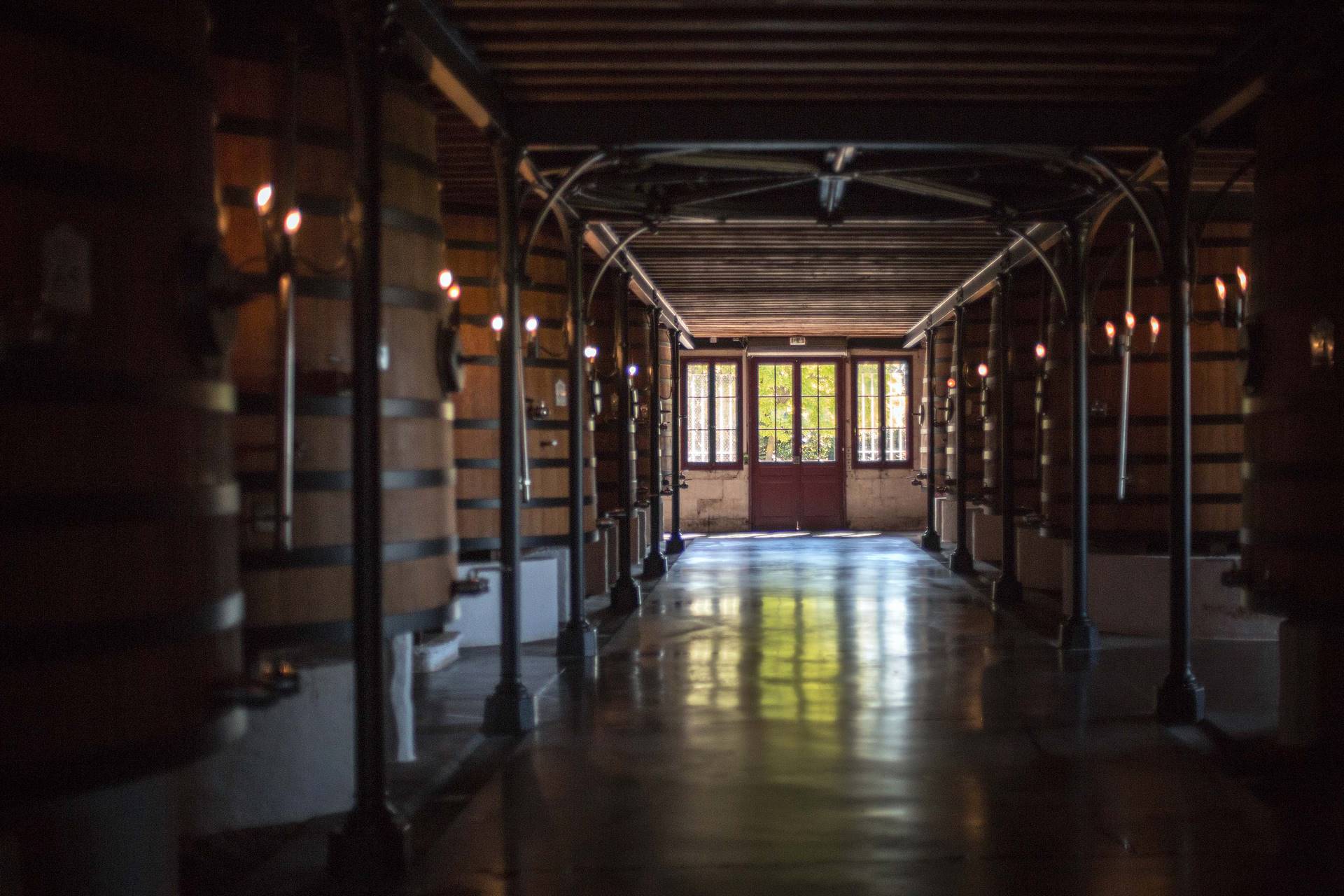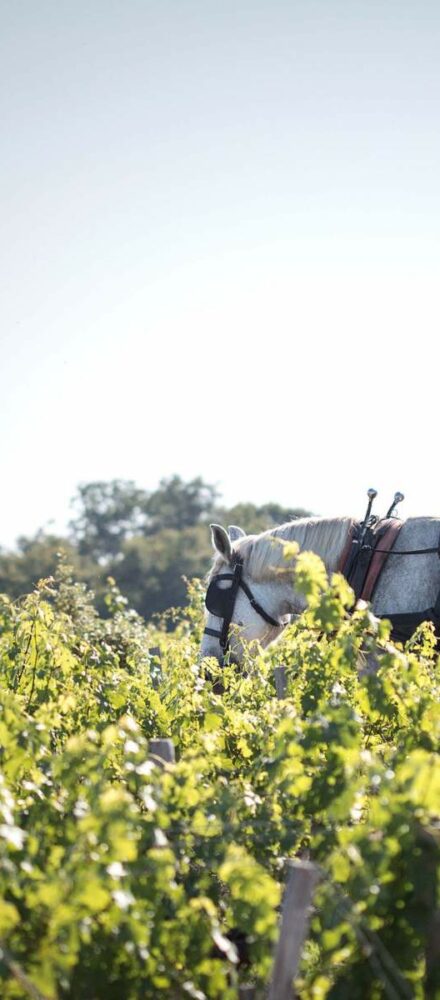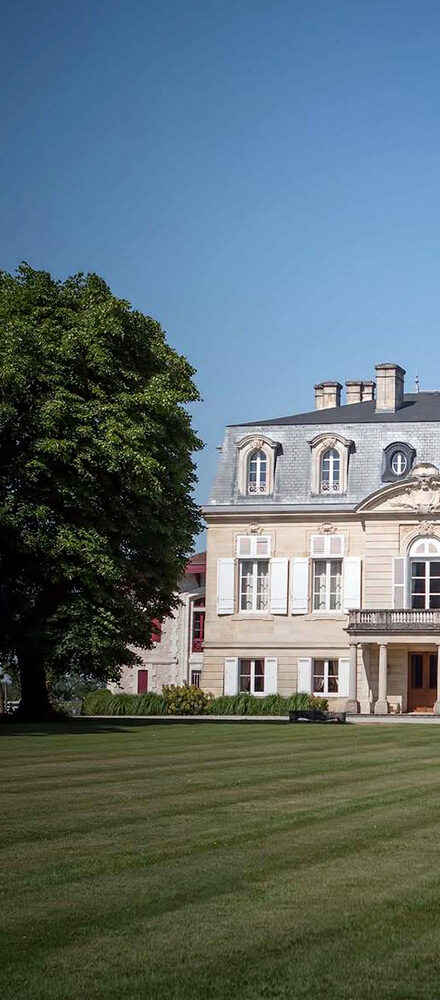Here, there is no school of thought or initiation rituals.
They are also the result of many trials that included moments of doubt but also of great excitement. Gaining a subtle knowledge of the living environment involves continuous observation and self-questioning.
From the vineyard to the cellars,
the same sensitive approach
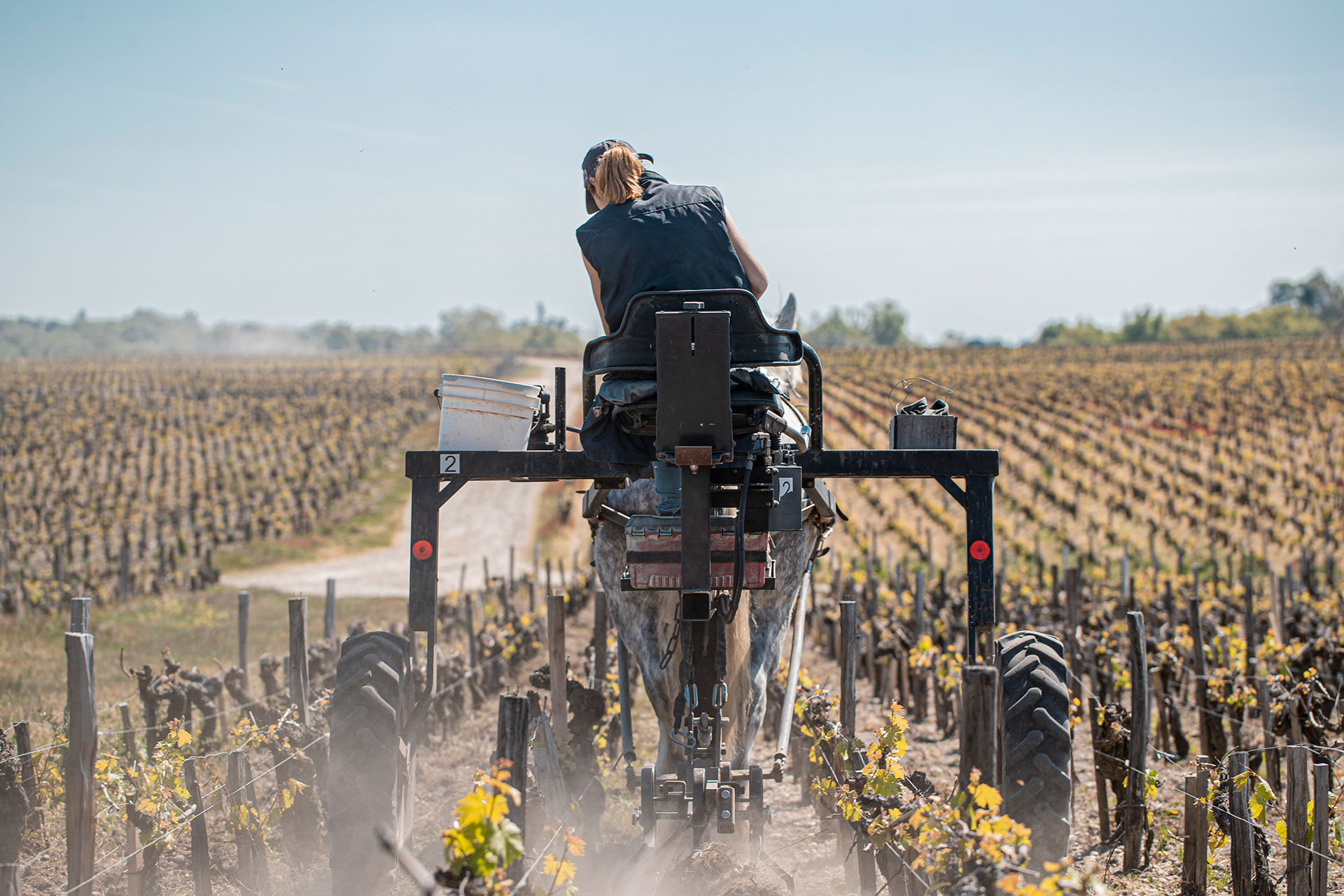
At Pontet-Canet, the vine-growing practices are the fruit of a long experience.
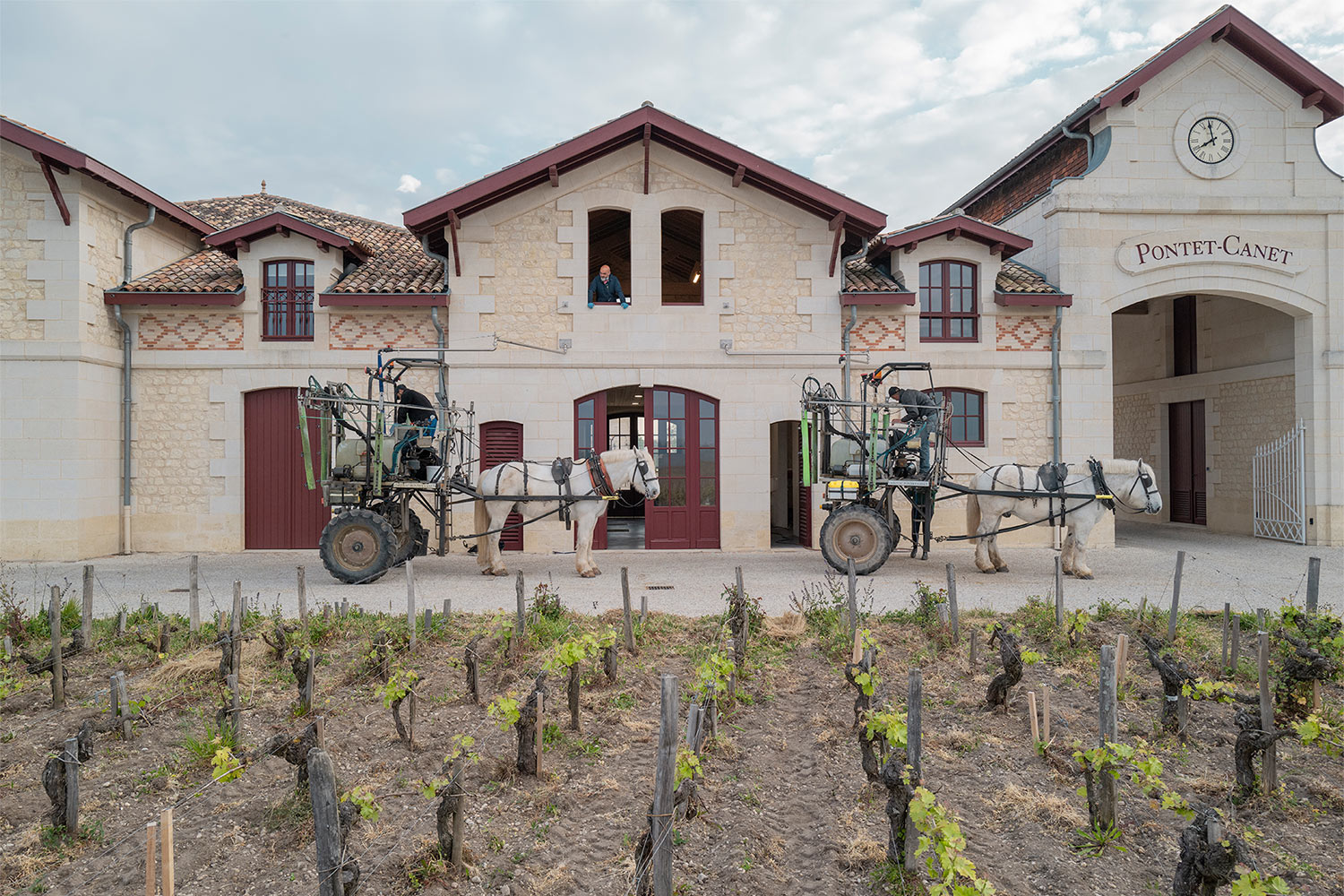
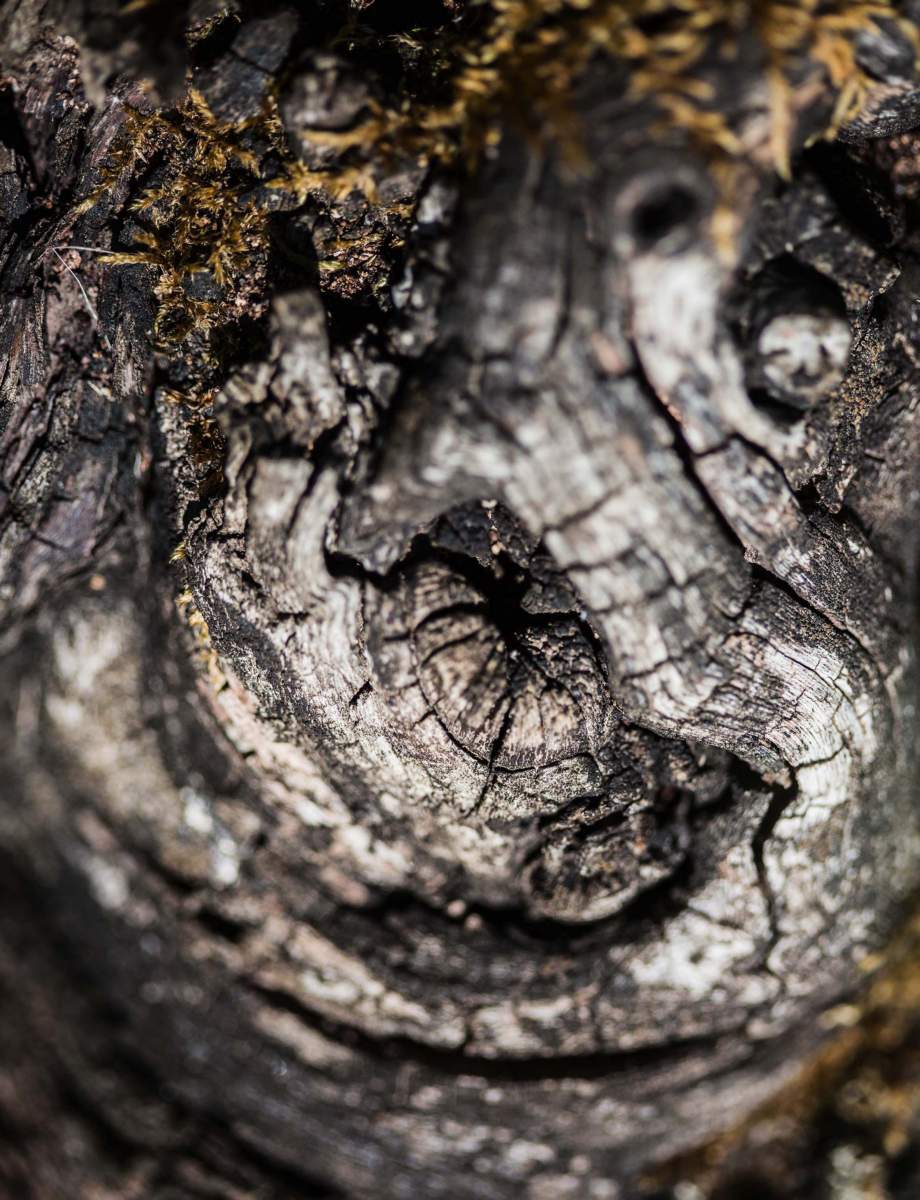
In 2004, with the aim of improving the quality of the Merlot, the first 14 hectares (34 acres) of Pontet-Canet were converted to biodynamic farming. After this successful trial, the decision was made to convert the whole vineyard the following year.
A long-term commitment was therefore undertaken which impacted every decision made at Pontet-Canet.
A few years later, in 2010, the Château’s wines were awarded organic and biodynamic farming certification.
Practices were now introduced that were ever more respectful of the natural balances in the vineyard. These included the abandon of vine canopy trimming in favour of a manual interweaving of the long shoots – a practice which enables the vines to self-regulate. As a result, de-leafing and green harvesting no longer became necessary, and each vine interpreted in its own way the soul of its terroir.
Château Pontet-Canet thus became the first Médoc Grand Cru Classé to hold a double certification for the whole of its vineyard.
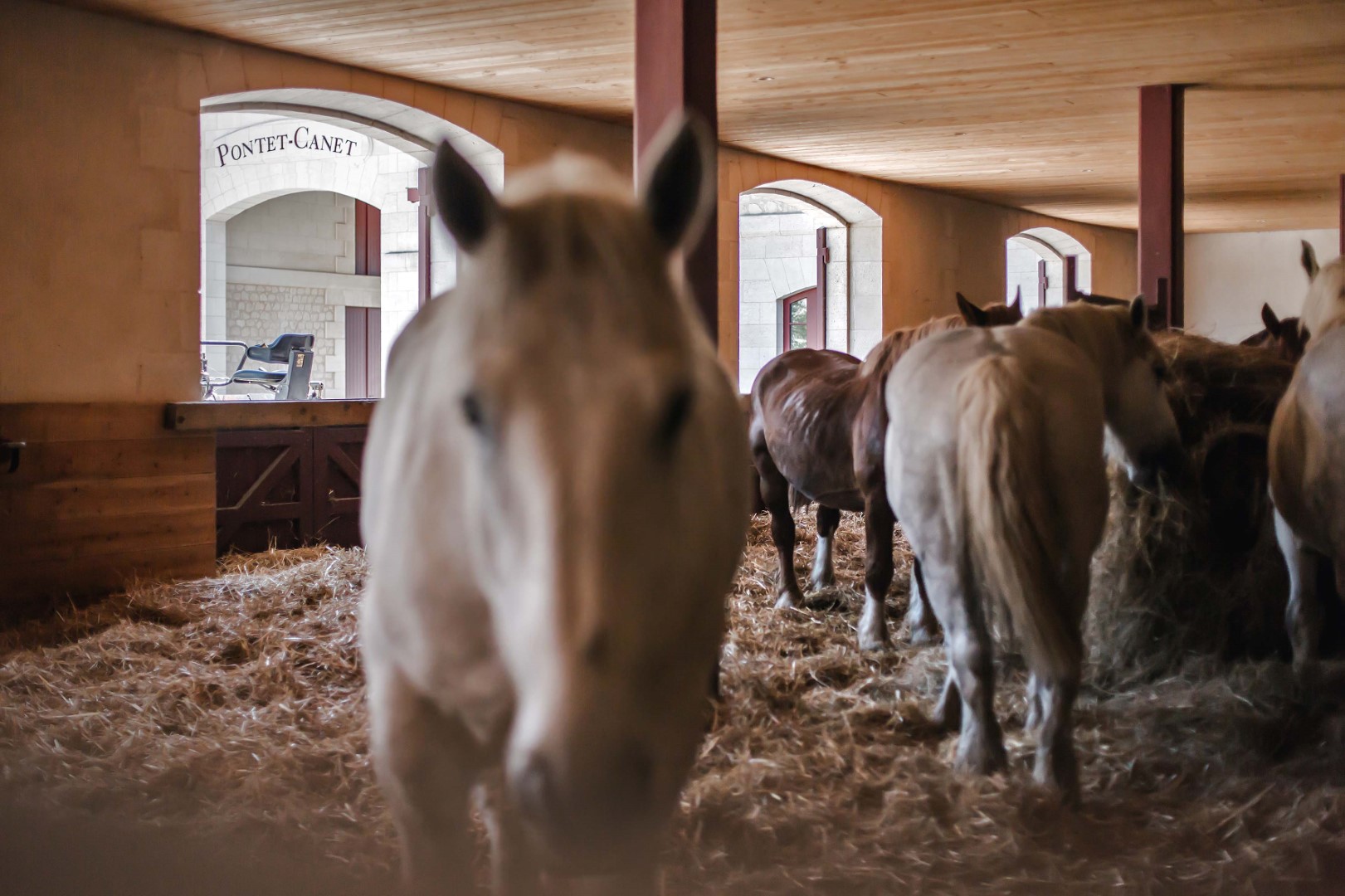
In order to avoid the compacting of soils caused by heavy over-the-row tractors and to protect the old vines from the hazards of mechanical under-the-row soil maintenance, the estate decided as from 2008 to introduce workhorses in the rows. Around ten Percherons today work the soils of half of the vineyard and are used to spray infusions and apply plant preparations.
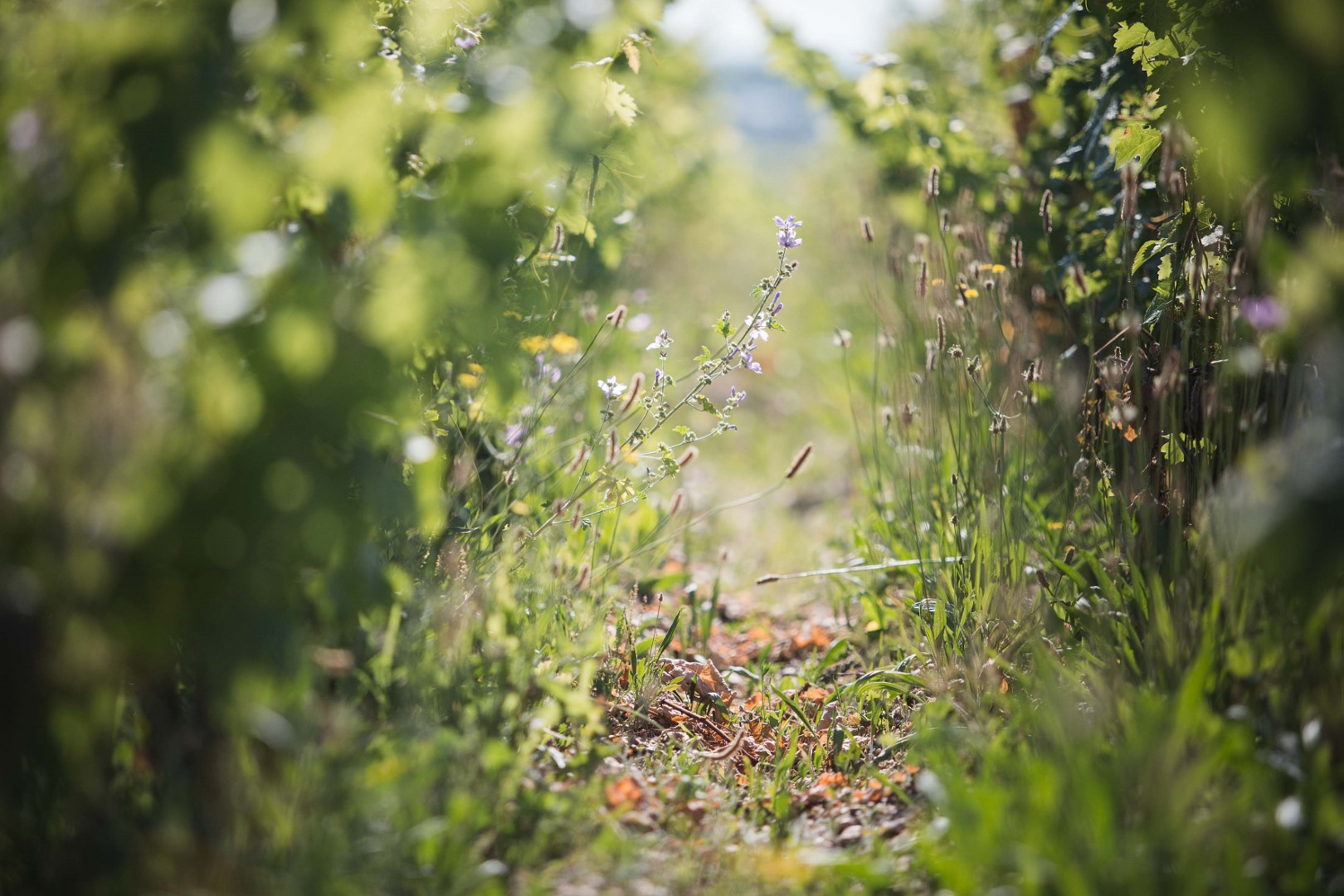
95% of our work takes place in the vineyard.Mathieu Bessonnet, technical director
As part of our permanent search for natural solutions in the regulation of our soils and through consistent respect for the essence of our terroir, an herbal tea room has been set up to carry out all our biodynamics preparations, infusions, decoctions, plant dustings and sulphur and copper-based mixtures.
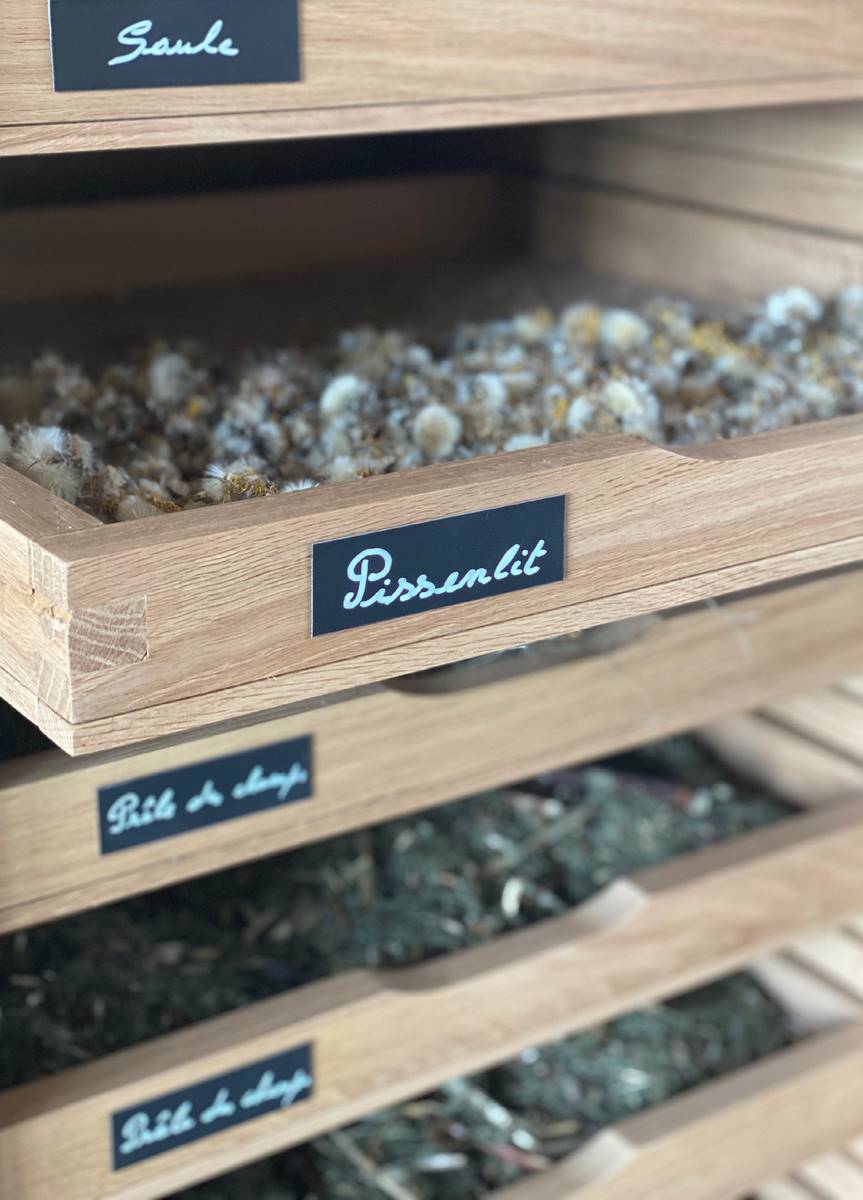
They include nettles growing in nearby ditches, which are used to produce fertiliser, applied during the budding of the vines. Also, field horsetail which is dusted on vine pruning wounds or from which a decoction is prepared to fight against mildew.
Yarrow, camomile, dandelion, wicker and rosemary too all possess extraordinary properties which boost the vines’ defences throughout the stages of the vine cycle and in all types of weather. By preparing these plants in situ we achieve greater therapeutic efficacy and gain time – important factors bearing in mind that in bio-dynamics very fast reaction is essential. Furthermore, these plants offer yet another way to enhance biodiversity and a circular economy.
A return to natural and simple ways of working is also practised in the cellars.
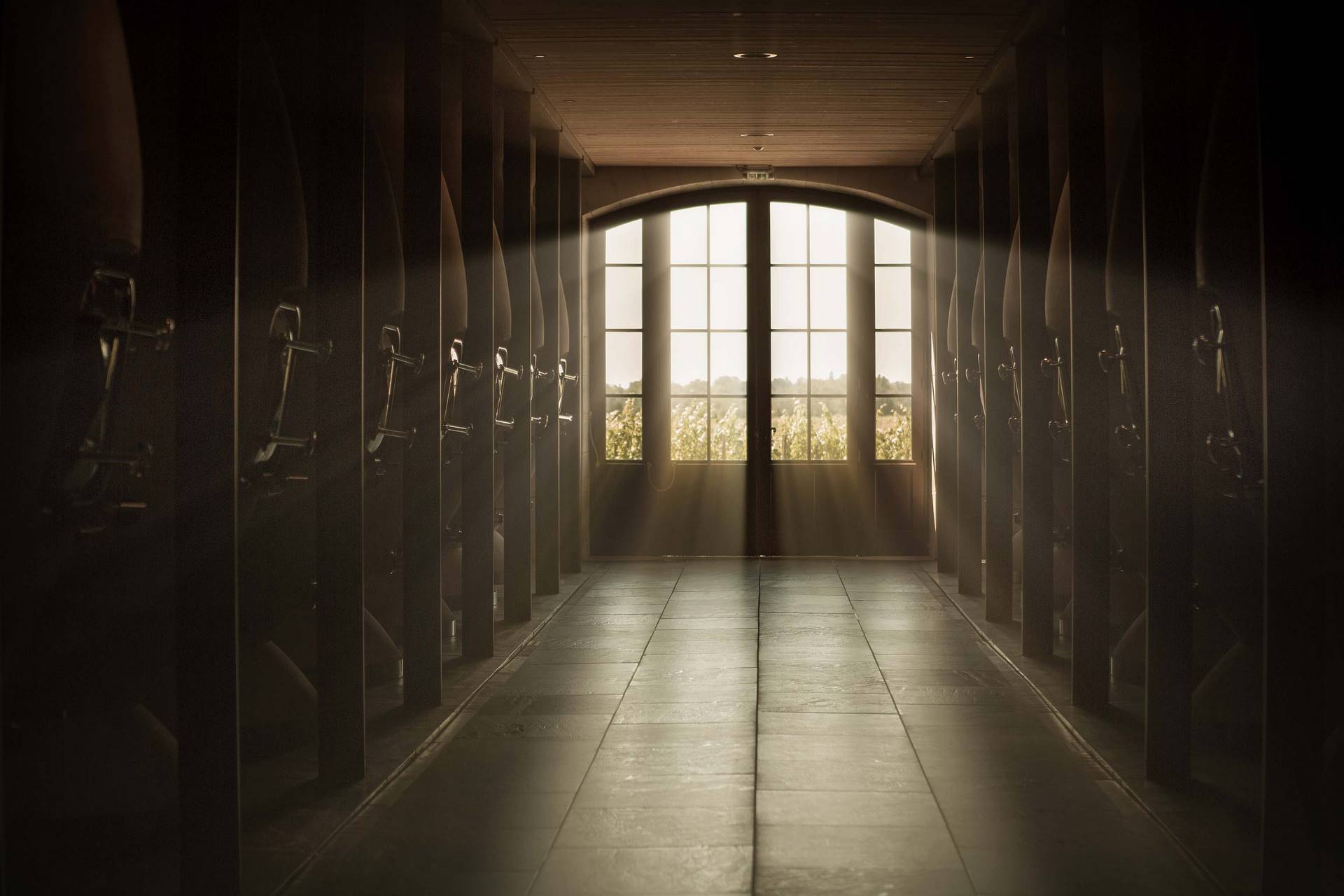
The vinifications, which are ever more hands-off, take place in three different vat rooms of the Château: the historic “Skawinski” wooden vat room dating from the 19th century; the “Nicole” concrete vat room inaugurated in 2005 and the most recent one “Amphora” built in 2017, which is one of a kind and designed electricity-free.
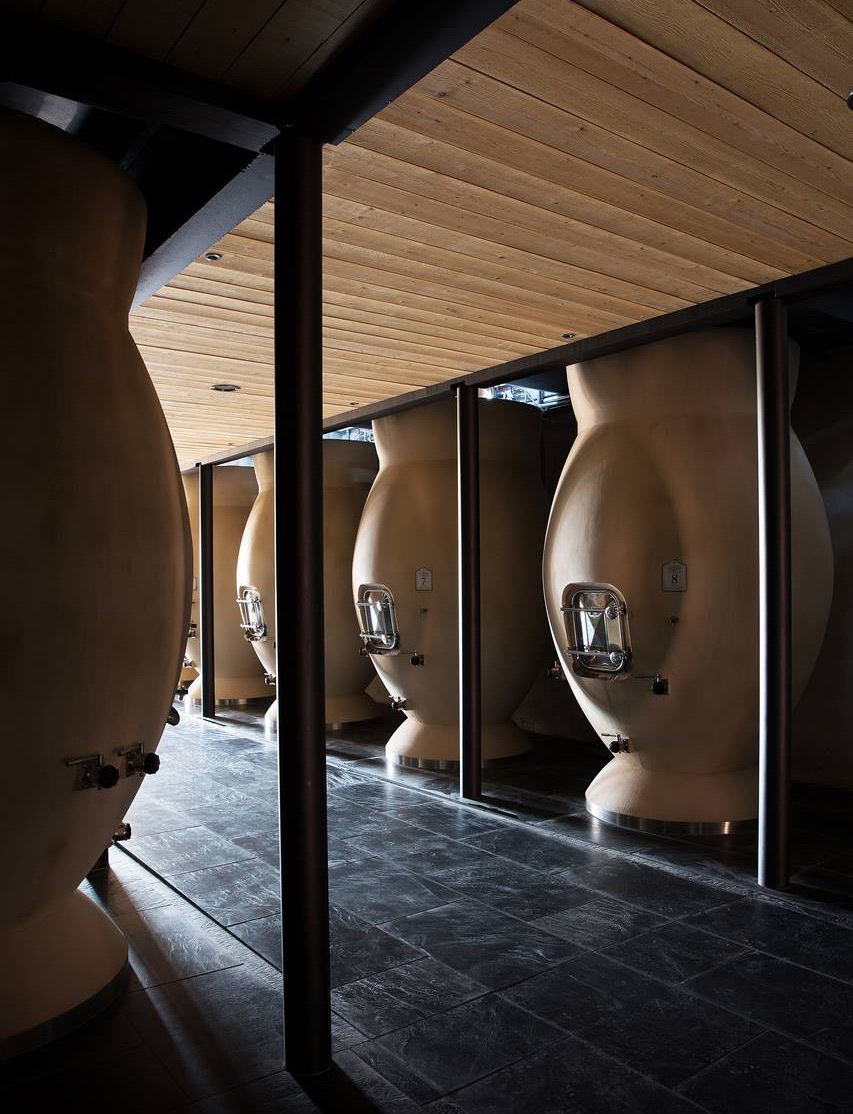
Based on the Roman model of the 11th century and built in golden section, the vats are connected to the earth to reduce electromagnetic influence. The concrete was made using the fine silica of our vineyard gravel.
We seek to limit interventions as much as we can in order to preserve the wholeness of the fruit.
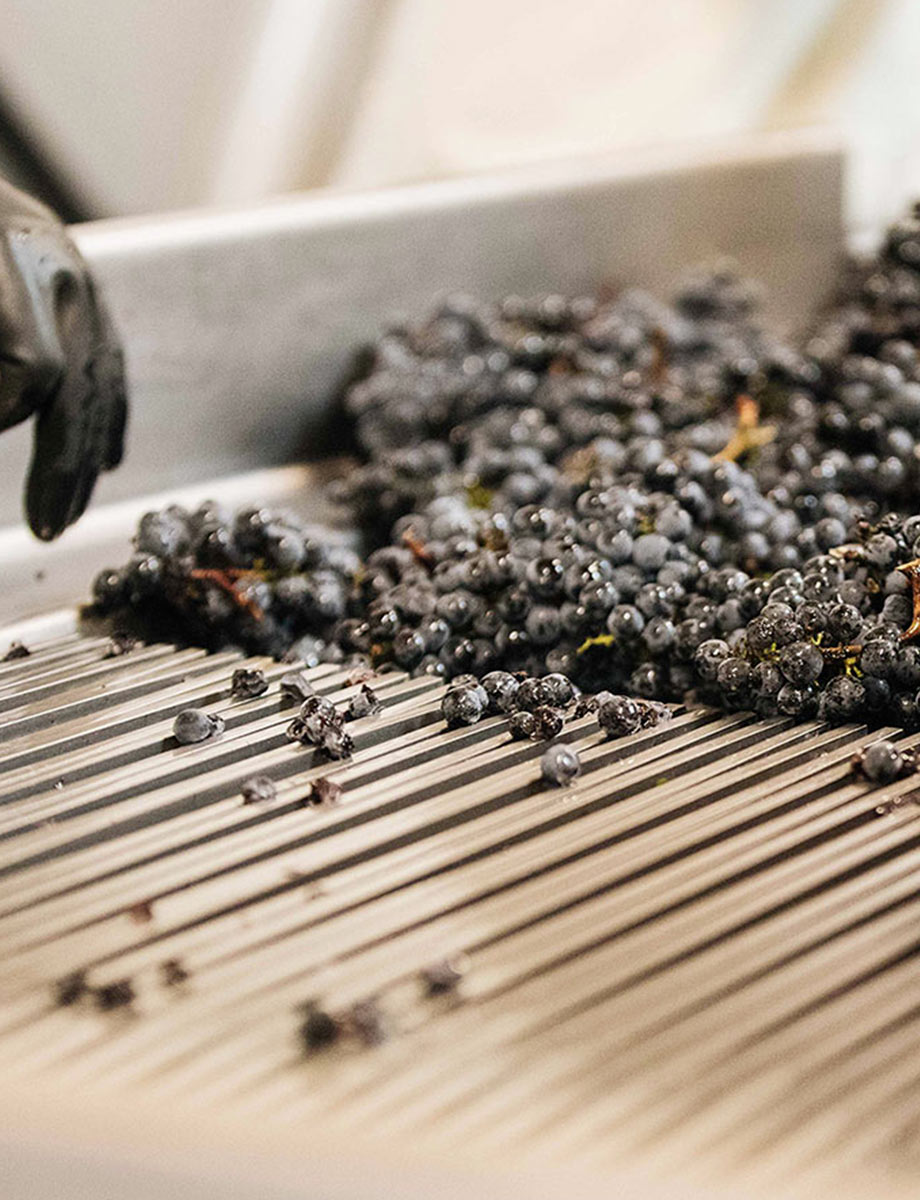
Since 2017, the bunches have been sorted and de-stemmed one-by-one directly above the vats, into which the grapes slowly fall by gravity. This “silent” sorting table, unique in the Médoc, was designed by the estate’s technical team.
It is simple, logical and exceptionally high-performing.
A single philosophy presides over the ageing process to ensure that the distinct individual characteristics of the grape varieties and terroirs remain unchanged.
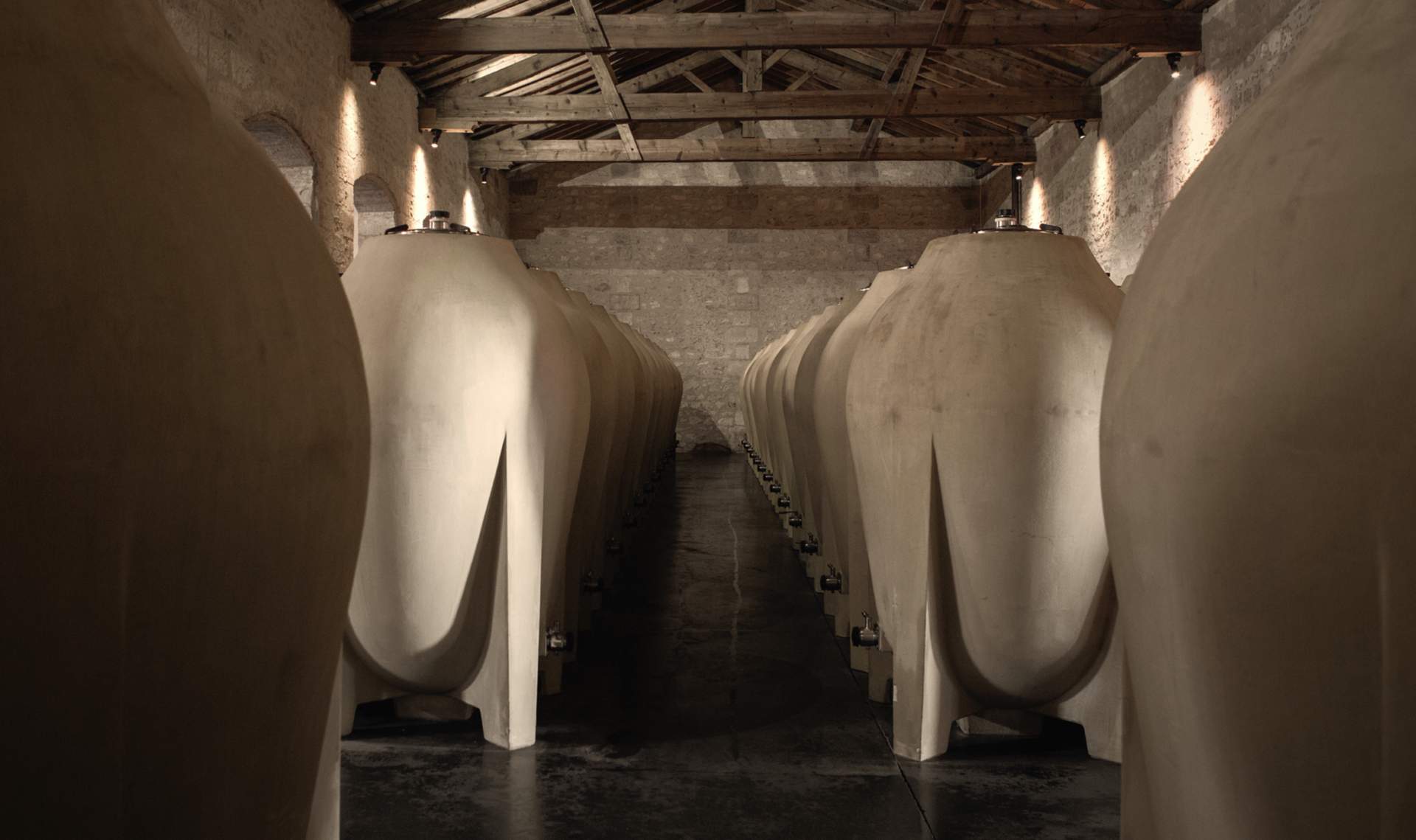
Around half of the production is aged in new barrels, 10 to 15% in second-fill barrels and, since 2012, 30 to 40% in Dolia (concrete amphorae). This new departure in how we age our wines reflects our determination to produce wines that are free of any artifice. Revealing the wine’s essence rather than its make-up is our goal. The ageing time in barrel varies from 16 to 18 months, depending on the nature of the wines.
